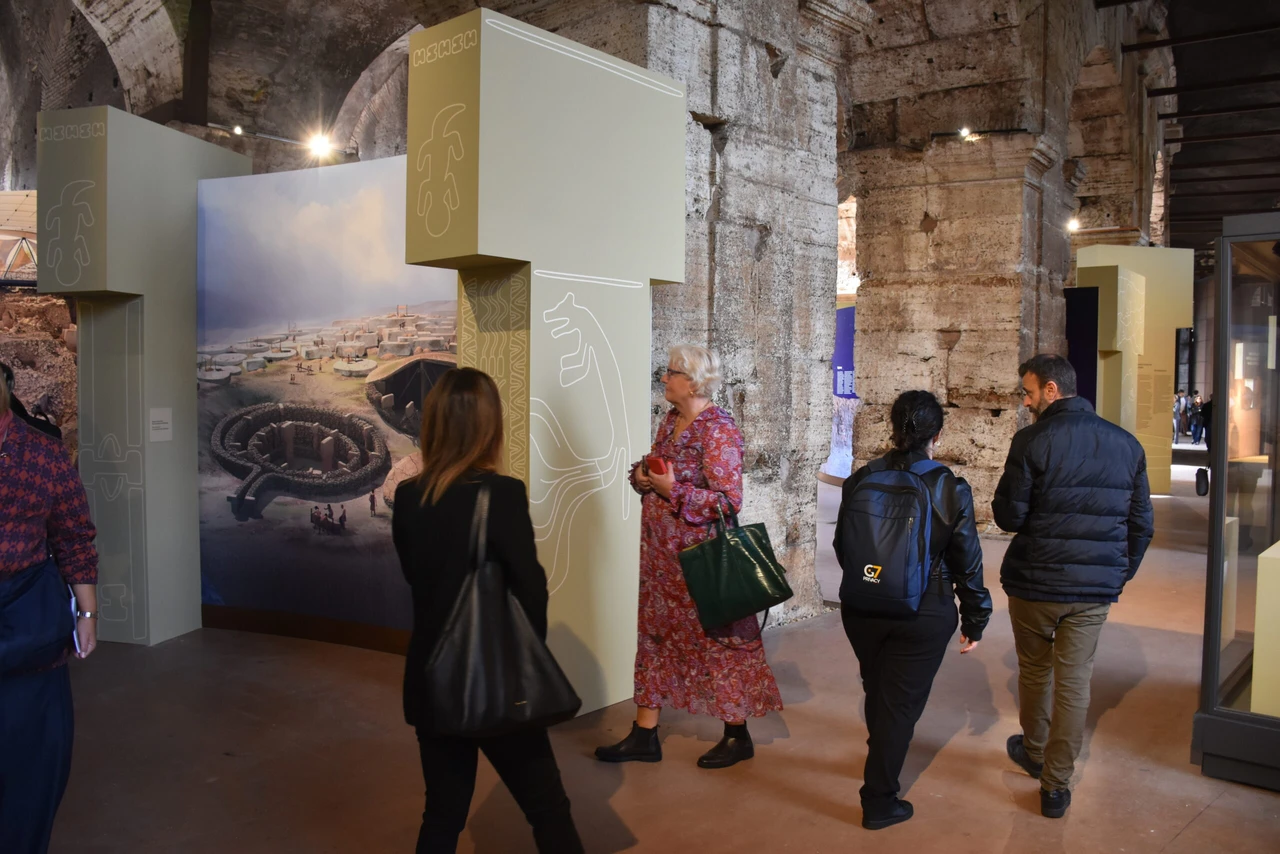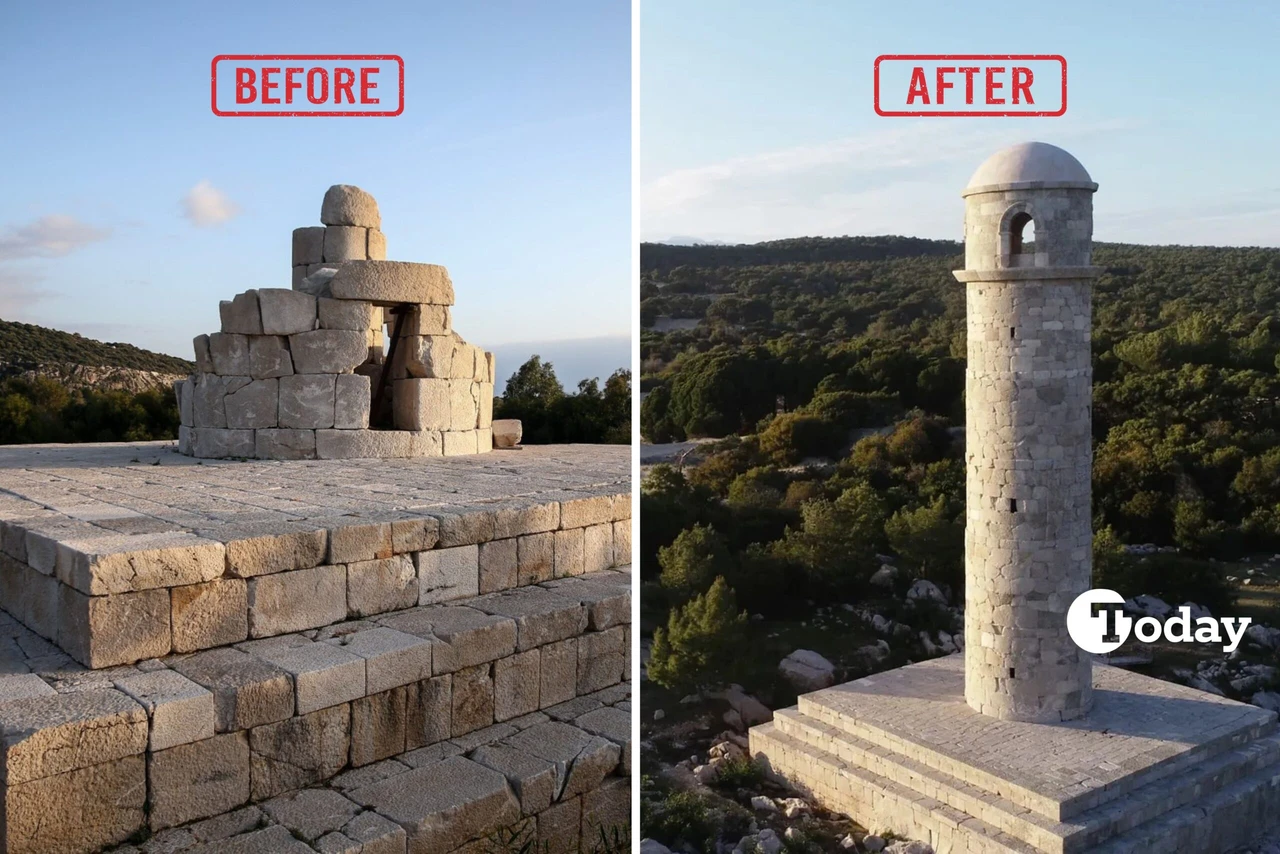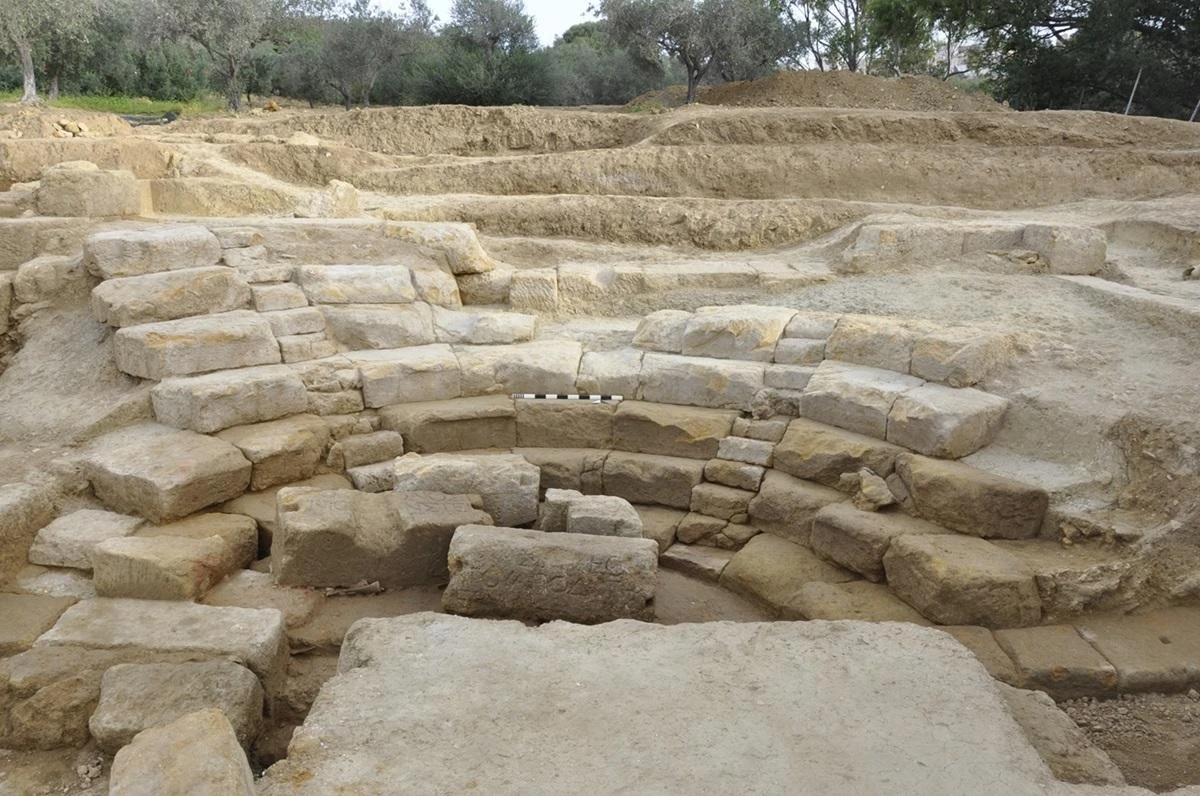Seljuk era coins discovered in 3,800-year-old Hittite city
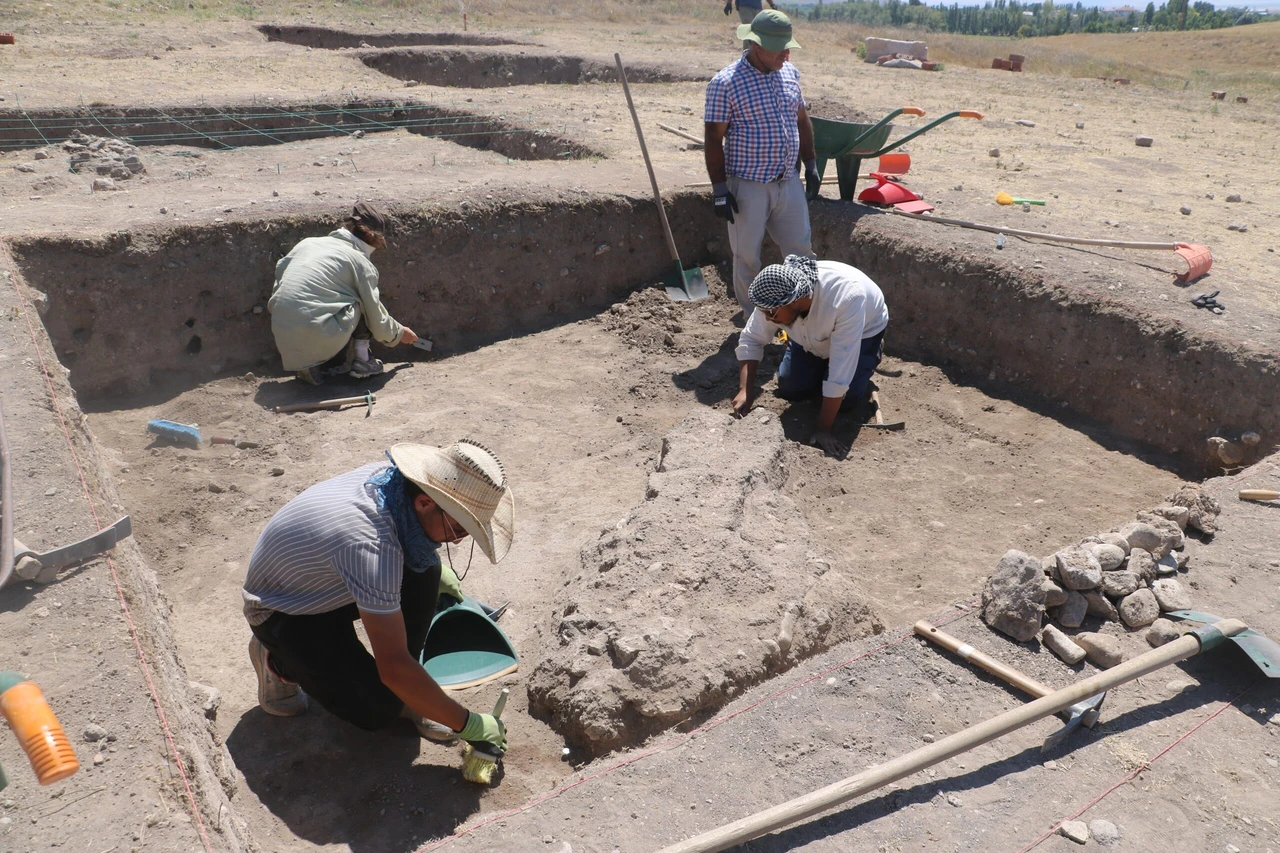 The 3,800-year-old ancient city of Kayalipinar (Samuha) in the Yildizeli district of Sivas, Türkiye, July 30, 2024 (IHA Photo)
The 3,800-year-old ancient city of Kayalipinar (Samuha) in the Yildizeli district of Sivas, Türkiye, July 30, 2024 (IHA Photo)
Seljuk-era coins have been uncovered at the 3,800-year-old city of Kayalipinar (Samuha) in Sivas, Turkiye. This discovery raises the possibility of a caravanserai or significant transit route in the region.
Excavation work at Kayalipinar village continues to shed light on the area’s rich history. Led by Cigdem Maner, Associate Professor at Koc University’s Department of Archaeology and History of Art, the team has made significant finds spanning various periods. Artifacts from the Hittite, Roman, and Byzantine eras highlight the area’s historical importance.
The Roman road built over Hittite structures indicates that the site was a crucial settlement in antiquity.
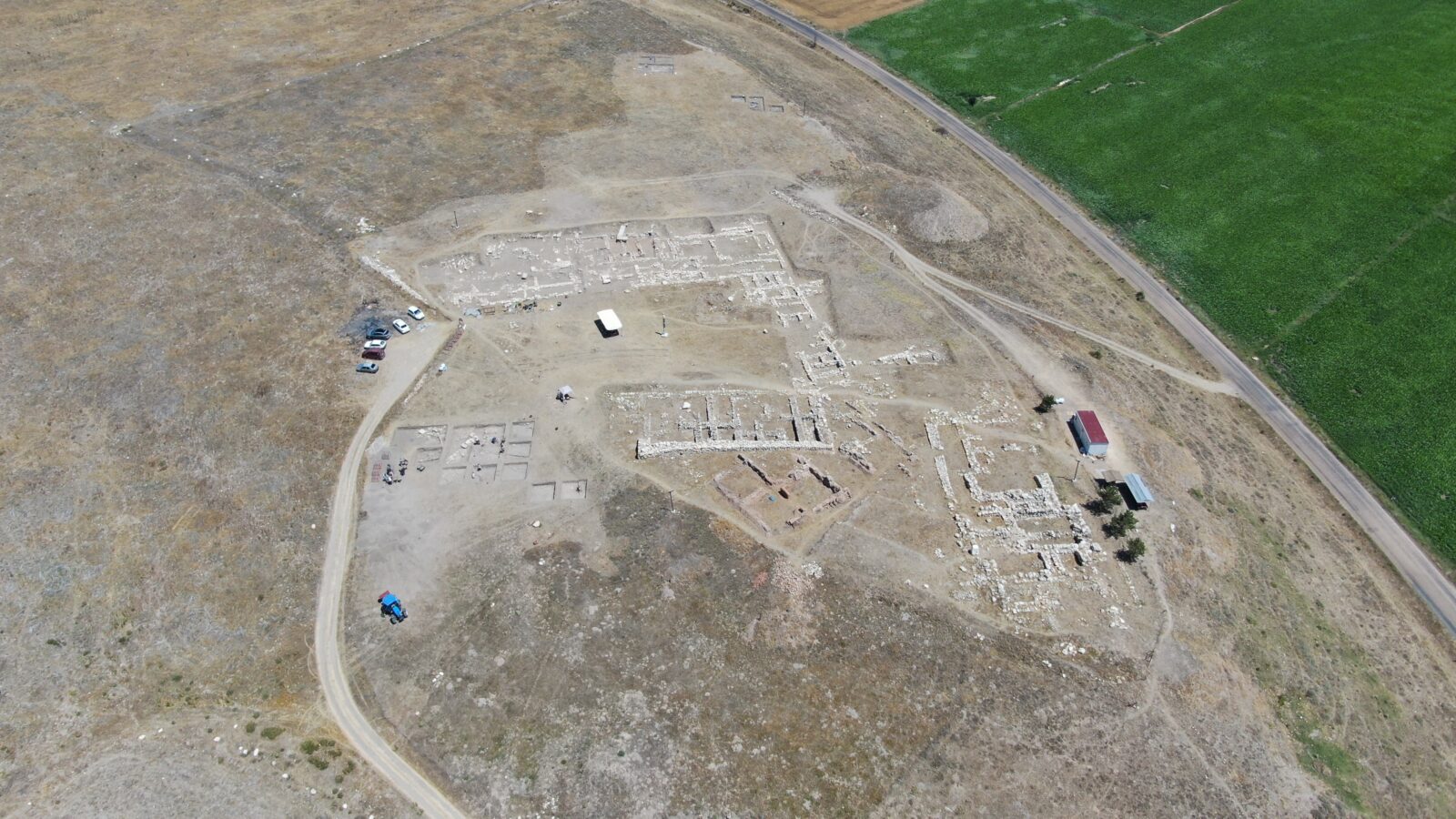
Following the discovery of late Roman and Alaeddin Keykubad I coins last year, this year’s finds include coins from Kilicaslan II and Alaeddin Keykubad I.
These recent discoveries strengthen the hypothesis of a Seljuk presence in the region. Particularly, the Seljuk-era temurans found last year suggest that the site might have been a caravanserai or a major transit route.
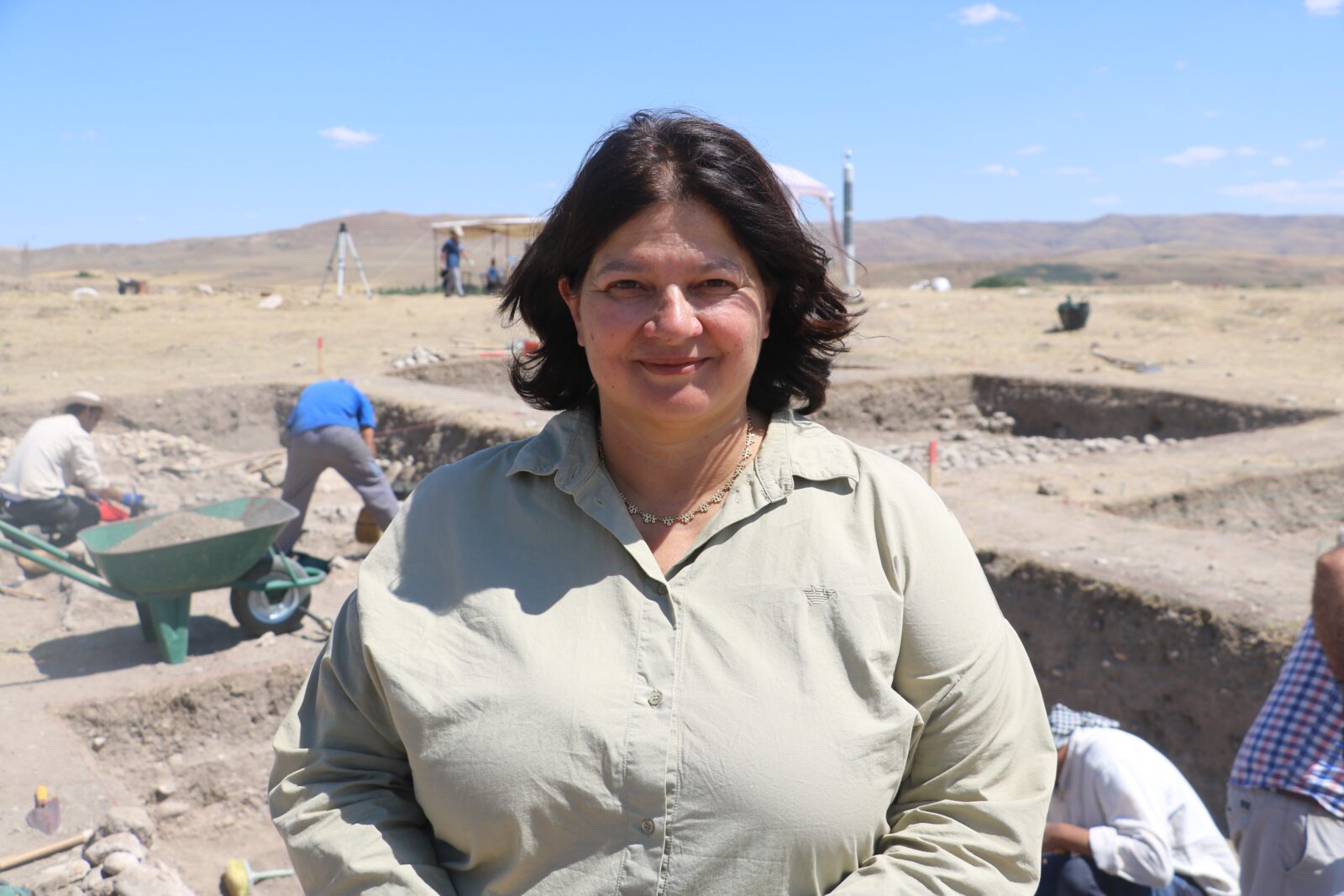
Cigdem Maner commented on the findings: “We have uncovered coins from Kilicaslan II and Alaeddin Keykubad I in our excavation. The site has hosted many civilizations, and we observe layers from Byzantine, Roman, and Hittite periods. The Seljuk coins increase the likelihood of a Seljuk structure being present here. The discovery of Seljuk-era temurans last year, combined with these new finds, suggests the possibility of a caravanserai or transit route. Such discoveries also help establish a connection between the Seljuk period and Sivas.”
This important discovery at Kayalipinar is a significant step in understanding the region’s historical and cultural heritage.
Further information and findings are anticipated as excavation work progresses.
